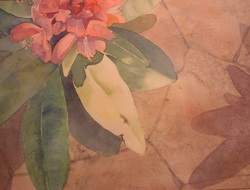
The blue-grey giant hostas and the expanse of pachysandra came from Myrna. Together we dug them out of her garden and together we planted them here, where they have thrived. Although she lives in West Van now, I think her whenever I see them. Frannie, who also moved west, contributed the dead nettle, a lovely spring plant with yellow flowers, deserving of a better name. Like Myrna, she had a glorious garden herself. I miss them both but celebrate their presence in these living gifts.
The yellow irises are just about to bloom. They, like the sedum and the white bleeding heart, were the gift of Marilyn, who thankfully hasn't moved away. Nor has Mute, who contributed the peonies and the purple dwarf irises which bloomed several weeks ago. Lilliana's Canada anemones survived the winter and have established themselves here and there like shining beacons. Again, all of these gifts came from my friends' own truly lovely gardens. Donna, Jon's Mom, who performs floral embroidery on her garden's small canvas, is represented everywhere as well.
When my eye lights on the rhododendrons and the hydrangeas it is Jon I thank. He build such perfect acid garden beds that their inhabitants have survived much longer than we might have expected. Ironically, it is the 25-year-old pink rhododendron which was planted in a completely inauspicious spot which will win this year's Darwin award: it wintered the cold and cheerfully blooms now outside the studio window. But, as I have said earlier, not every acid-loving shrub made it. This watercolour feels sad to me although I am glad I painted this rhodo's youth and vigor, because we lost it this winter.
For the overall inspiration of our garden, however, it is my beloved father I remember. He was an intelligent and dignified man who was a bit shy and who left sentimental transactions to my mother. The year before his death, however, he had gone out and chosen a gift for me by himself; it was a copy of The Secret Garden and his inscription told me something I had not known: it had been his favourite book as a child. He did this without knowing that it had been my favourite book as well. Both of us as children had fallen in love with the idea of a somewhat overgrown but lush and beloved grove where animals were welcome and hope could flourish. It remains my favourite gift from my father.
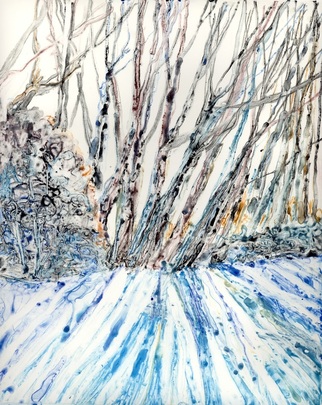
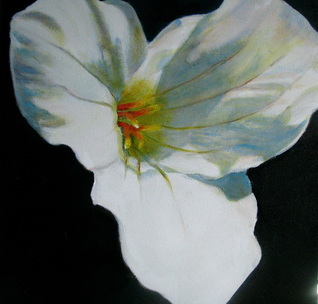
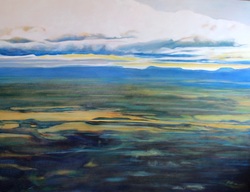
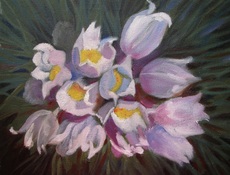


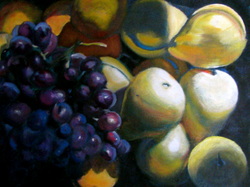

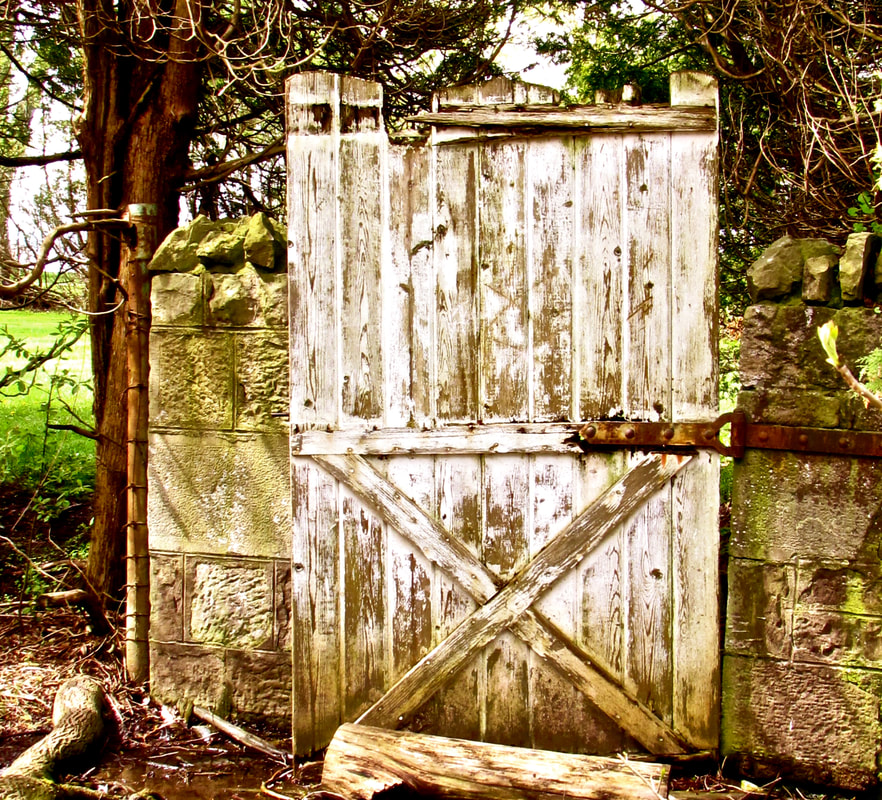
 RSS Feed
RSS Feed
